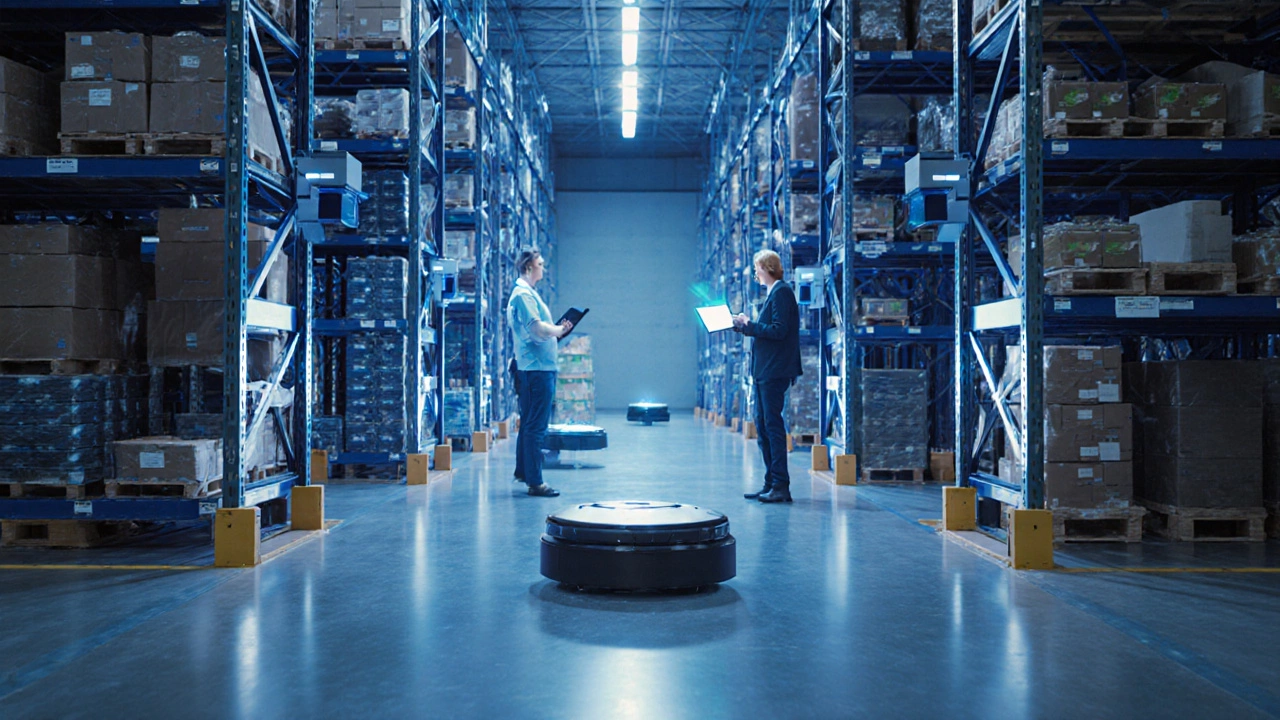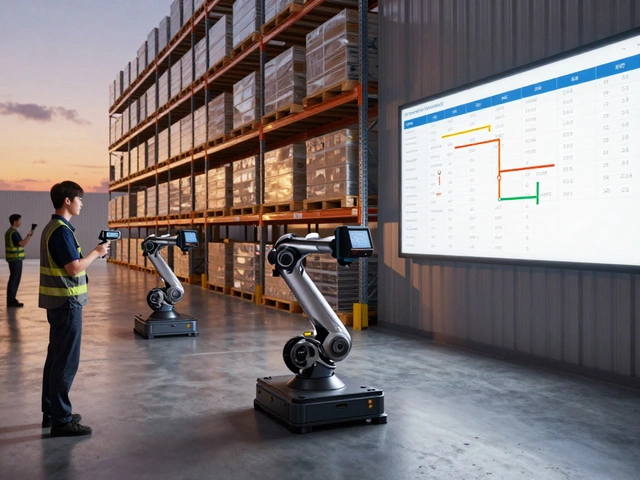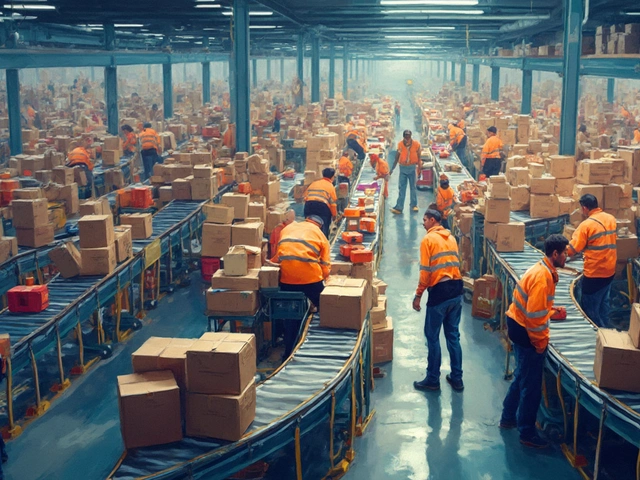Logistics Technology: What’s New and Why It Matters
If you’ve ever wondered why your online order arrives faster than ever, the answer is logistics technology. From AI that predicts demand to robots that move pallets, modern tools are reshaping every step of the supply chain. In 2025 these technologies aren’t just nice‑to‑have; they’re essential for keeping costs down and customers happy.
At Dex Removals & Logistics Services we see the impact firsthand: smarter routing saves fuel, real‑time tracking cuts missed deliveries, and cloud‑based software connects warehouses to trucks in seconds. Below we break down the key tools you should know and how to pick the right ones for your business.
Core Tools Shaping Modern Logistics
Supply Chain Management (SCM) software is the brain behind the operation. Platforms like SAP Integrated Business Planning or Oracle Cloud help you plan inventory, forecast demand, and coordinate suppliers. The right SCM system gives you a single view of stock levels, so you avoid over‑ordering or stock‑outs.
Warehouse Management Systems (WMS) handle the inside of the warehouse. Whether you use a basic barcode system or a full‑featured AI‑driven WMS, you get faster put‑away, accurate picking, and better use of space. Four main WMS models exist – stand‑alone, cloud, modular, and embedded – each fitting different business sizes.
Transportation Management Systems (TMS) plan routes, book carriers, and track shipments. Modern TMS solutions integrate directly with carrier APIs, giving you live updates on delays and cost estimates. This is why you see notifications like "Your package is on the way" in real time.
Last‑mile delivery tech includes route‑optimization apps, delivery drones, and even autonomous vans. The goal is to shrink the distance between the courier and the door, reducing missed drops and fuel use. Companies that master last‑mile tech see higher customer satisfaction scores.
IoT and sensor data bring visibility to temperature‑sensitive or high‑value items. Sensors report temperature, humidity, and location every few minutes, alerting you instantly if something goes wrong.
Practical Tips to Choose the Right Tech
Start with the problem you need to solve. If you lose money on excess inventory, focus on demand‑planning modules in an SCM system. If pick‑and‑pack errors slow you down, a WMS with voice‑guided picking may be the answer.
Look for cloud‑based solutions that offer a free trial or sandbox environment. Trying the software with your own data reveals hidden costs and integration challenges before you commit.
Check the integration map. Your new tool should talk to existing ERP, CRM, and carrier platforms without custom code. Seamless data flow saves time and reduces errors.
Consider scalability. A startup might start with a basic SaaS WMS, but choose a vendor that can grow with you – adding modules for labor management or advanced analytics as you expand.
Don’t overlook user experience. If your team finds the interface clunky, adoption will stall. Look for intuitive dashboards, mobile apps, and good training resources.
Finally, measure ROI. Track metrics like order‑to‑delivery time, labor cost per pallet, and on‑time delivery rate before and after implementation. Real numbers will tell you if the tech is paying off.
Logistics technology is moving fast, but the fundamentals stay the same: better data, faster moves, happier customers. Pick the tools that match your biggest pain points, test them early, and watch your operation become smoother and more profitable.
November 8, 2025
Evelyn Wescott
0 Comments
A smart warehouse management system uses real-time data, automation, and AI to track inventory, optimize picking, and reduce errors. Learn how it works, who uses it, and why it’s essential for modern logistics.
July 29, 2025
Evelyn Wescott
0 Comments
Explore how logistics is getting a makeover—both in name and function. Learn about the rise of smart logistics and tech-driven supply chains taking over the logistics world.





